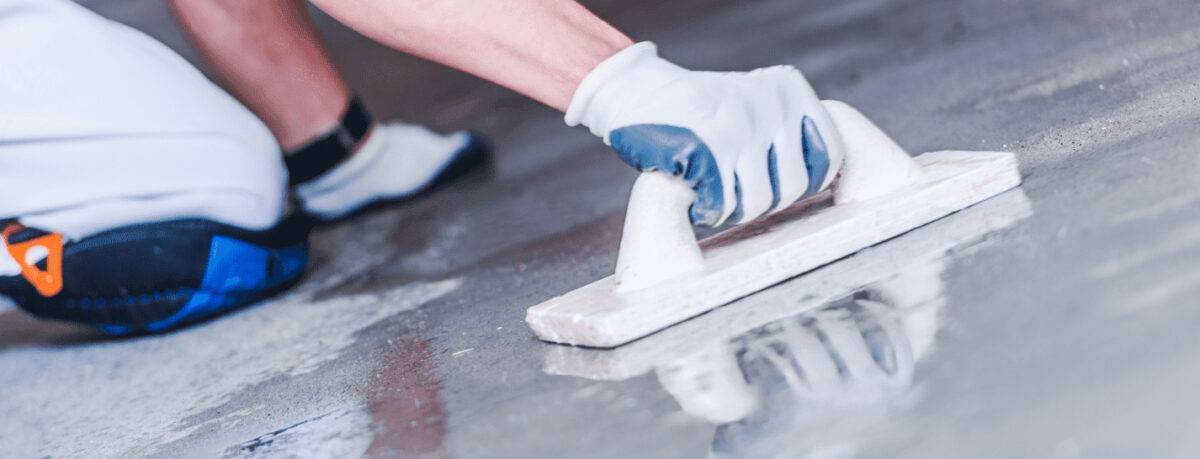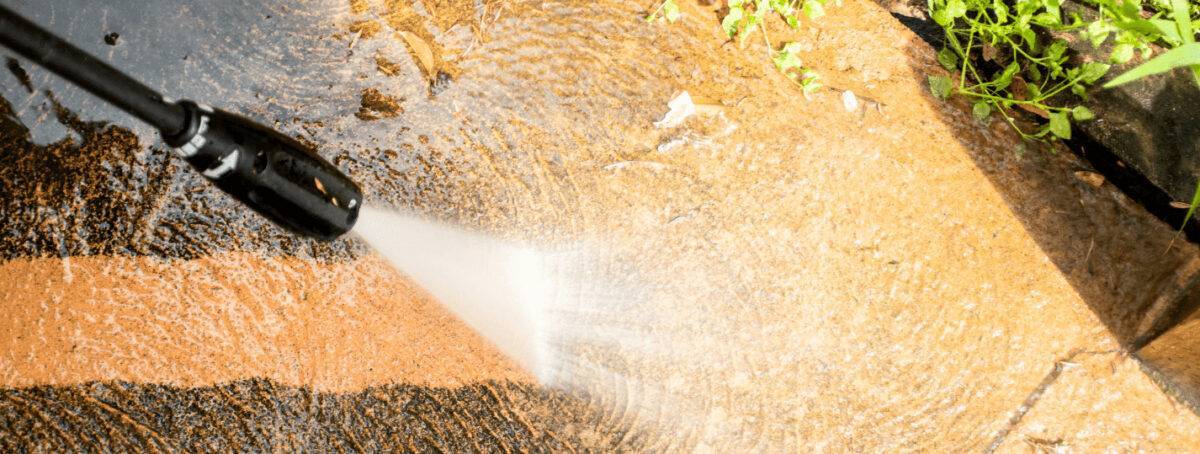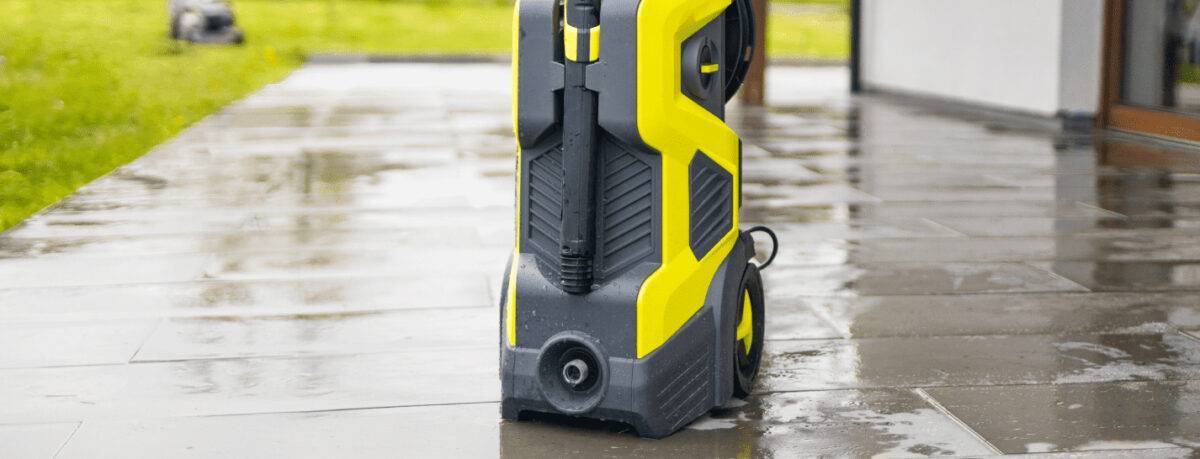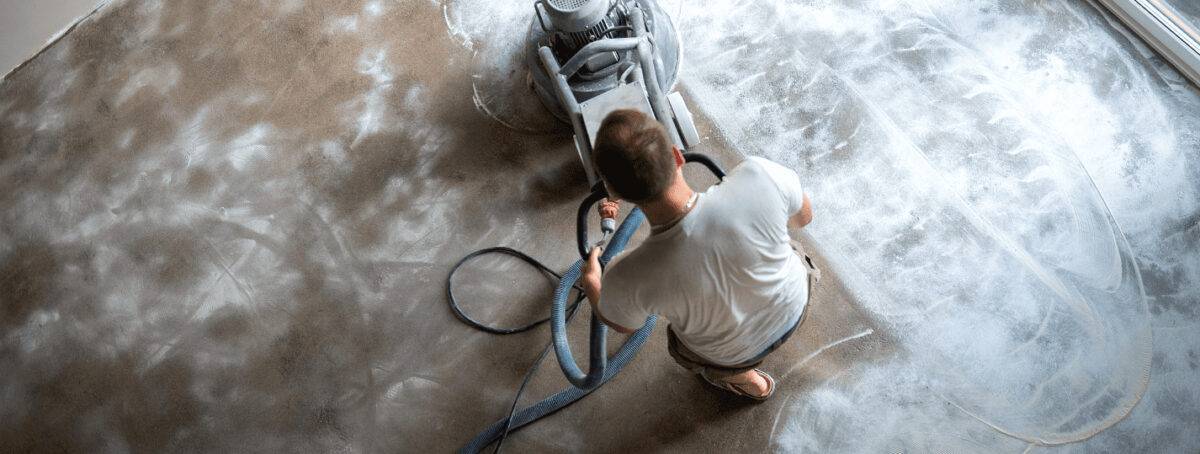Concrete has come a long way in becoming a more sustainable material.

Only recently, sustainable architecture and concrete were only sometimes considered compatible. However, with new technology and an industry-wide commitment to sustainability, concrete and creating sustainable structures go hand-in-hand.
Traditionally, sustainable architecture is about creating efficient and environmentally-friendly buildings, while concrete is known for its high carbon emissions when it’s made. However, concrete is one of the building blocks of our society, so it has to find a way to become more environmentally-friendly.
The industry has discovered many ways to become greener. Many concrete producers are now creating low-carbon mixes, and architects are now increasingly using concrete because of its durability and sustainability.
This article explores how concrete has become a more sustainable material.
What Is Sustainability?

Sustainability is the ability to maintain something at a specific rate or level. In the context of sustainable architecture, this means using resources in a way that does not deplete or damage them. One of the most important ways is using environmentally-friendly and durable materials.
Sustainability and Concrete
Sustainable architecture and concrete can work well together because concrete is durable. It can last many years without needing to be replaced and does not pollute the environment of its local environment, such as continually seeping chemicals into the soil.
Concrete also has a low carbon footprint after creation, emitting fewer harmful gases into the atmosphere than other materials, making it a good choice for sustainable buildings (such as stem walls) and durable surfaces (such as driveways).
What Are the Benefits of Concrete’s Sustainability?

To see how concrete and sustainability can work together, let’s see the benefits concrete can offer.
Strong, Resilient, and Long-lasting
Sustainable architecture and concrete are known for their strength, durability, resilience, and safety. These attributes are essential when designing and constructing buildings, bridges, and other infrastructure that won’t need to be rebuilt for decades.
Sustainable architecture considers the environment and how the building will interact with it. This includes using sustainable materials and design features to help the structure withstand natural disasters.
Concrete is also known for its durability, which means it will last many years without deteriorating. When you combine this materials’ strength, durability, and resilience, you have a safe, sustainable structure that lasts.
Not having to replace concrete structures makes it a compelling long-term choice from an environmental perspective.
Low Carbon Emissions
Concrete is vital to sustainable architecture because it has low carbon emissions. The cement industry has reduced carbon emissions by 19% since 1990 and launched Climate Ambition to provide society with carbon-neutral concrete by 2050. These numbers are keeping in line with global climate targets.
Today, concrete suppliers and designers can use concrete to minimize carbon footprints by:
- Optimizing the mix, so there is less waste
- Using materials more efficiently
- Recognizing the carbon uptake potential of concrete to sequester CO2 in separate buildings
- Reusing and recycling concrete
Biodiversity
Biodiversity is one of the many benefits that concrete and sustainable architecture can offer. Sustainable architecture focuses on using land and resources efficiently while minimizing environmental impact. Once the concrete is poured, it has several benefits for biodiversity:
- Concrete is a durable material that can last for decades, sometimes even centuries.
- It’s a non-toxic material that does not release harmful fumes into the air.
- It can be used to create energy-efficient buildings that reduce the need for artificial lighting and cooling.
- Concrete walls also act as a thermal mass, which helps to regulate the temperature inside a building.
Concrete can also be used to create green roofs and walls. Green roofs help to control stormwater runoff, while green walls improve air quality and help to cool the building. Concrete is also used to create rain gardens and bioswales, which help to filter pollutants from wastewater before it enters the ecosystem.
The Most Energy-Efficient Walls
Now, in modern sustainable architecture, concrete is used to create ultra energy-efficient walls, called insulated-concrete form (ICF) walls. As Concrete Construction points out, ICF walls are an incredibly effective way to insulate a building and go a long way toward increasing sustainability.
ICF walls more effectively keep the heat in during the winter and the cool air in during the summer, making them a highly efficient form of construction and ideal for conserving energy. They’re also a great way to achieve LEED and passive house certifications, as Curtis + Ginsberg Architects have shown with their many successful projects.
ICF walls have some other benefits over regular walls, in addition to their sustainability:
- Better fire resistance: ICF walls can withstand fire heat for four hours, compared to one hour for wood.
- More durability: Concrete lasts longer than wood and many other wall material alternatives.
- Quieter: ICF walls transmit 40% less sound.
- More insurable: Damage can be more easily repaired in concrete buildings than in wood.
Concrete walls, especially ICF walls, have an edge regarding sustainability with walls.
Versatility
Concrete is versatile and can be used in various sustainable architecture projects. For example, it can be used as a structural, paving, or wall material. Concrete can also be used with other materials, such as steel or glass, to create a sustainable structure.
Concrete is somewhat sustainable because it is made from natural materials, such as sand and gravel, and can be recycled. Concrete is also durable and long-lasting, which reduces the need for replacement or repairs.
Final Thoughts

Concrete is becoming more sustainable each year. Like every other massive industry, it had to update its practices to reduce its carbon footprint.
There have been tremendous steps to producing more sustainable concrete. Many concrete producers are now creating low-carbon mixes, and architects are increasingly using concrete for its durability and sustainability.
For example, the massive new concrete plant in Kuala Lumpur, Malaysia, is one of the most sustainable in the world, thanks to its use of pollution containment and water recycling technologies.
Concrete has become one of the most sustainable materials we use for construction. With new technologies, concrete can make buildings more efficient, roads and highways last longer, and even be recycled when the time comes.
Make sure you use sustainable, long-lasting, cost-effective concrete for your next project.
Note that we at Tulsa Concrete Contractor are not heavy contractors, which means we do not build roads or bridges, but we’re all for continual improvement in the concrete industry.

